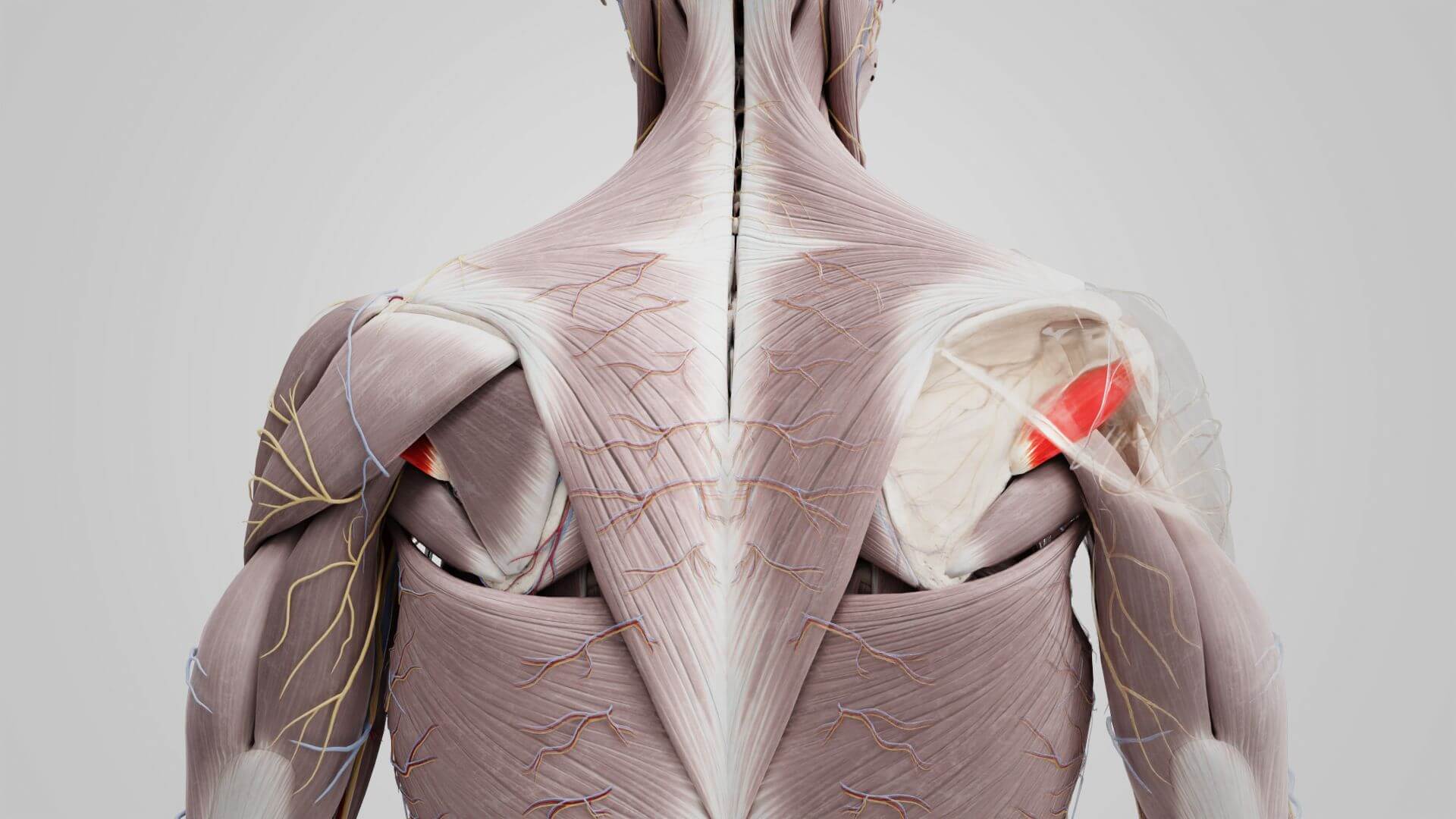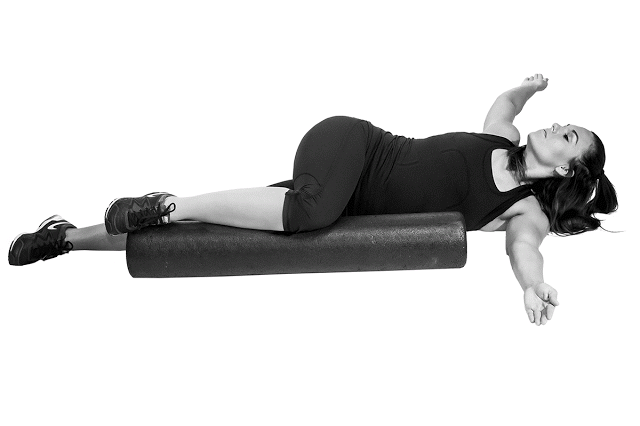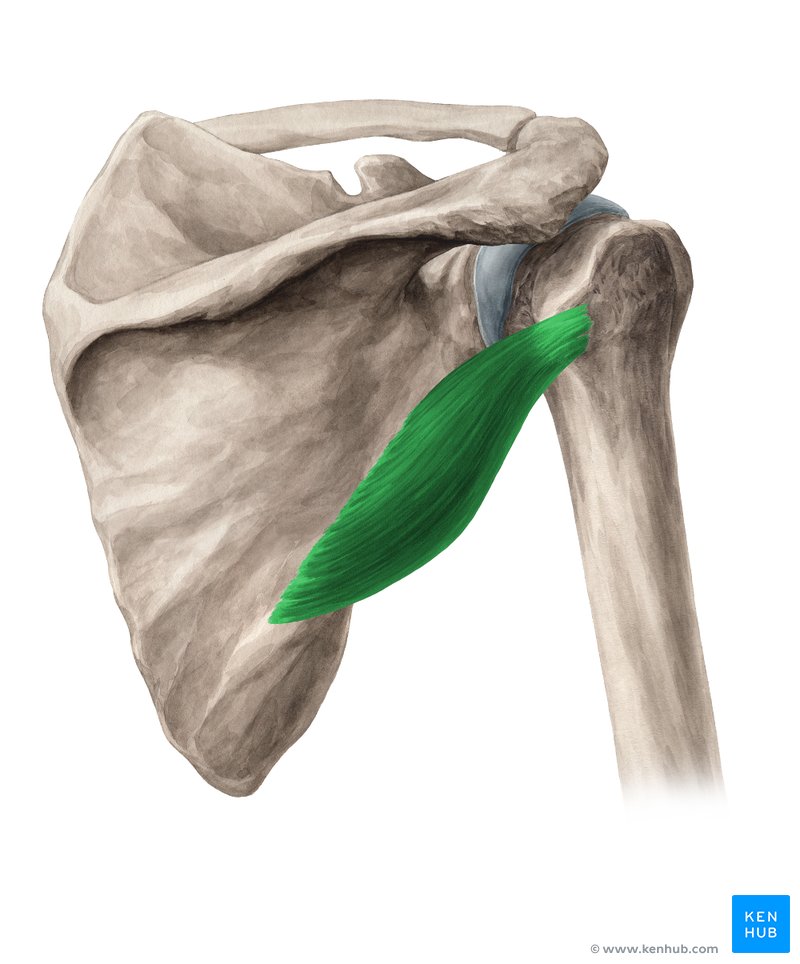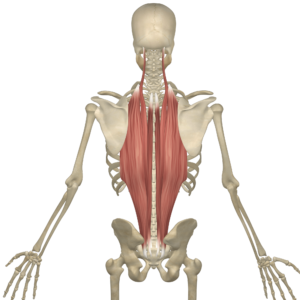Introduction
The teres minor, a small but crucial muscle in your shoulder, plays a significant role in the overall stability and function of your shoulder joint. Strengthening this muscle is essential for preventing injuries and enhancing your athletic performance. In this guide, we’ll delve into the best teres minor exercises, their benefits, and how to incorporate them into your workout routine. Our goal is to help you understand the importance of this muscle and provide you with effective exercises to keep your shoulders healthy and strong. Especially since most of us gym bros have shoulder issues. Let’s get into it!
Understanding the Teres Minor

The teres minor is one of the four muscles that make up the rotator cuff. Located in the shoulder, this muscle works alongside another muscle known as the infraspinatus (long name I know) to externally rotate the arm and stabilize the shoulder joint. Due to its small size, it is often overlooked, but it is critical for shoulder health, particularly for athletes and lifters. Usually, whenever we injure something it’s either the rotator cuff, or something in the lower back. Or both. Hopefully you’re not reading this with both injured. If so, hopefully this article gives you the help you need.
Importance of Strengthening the Teres Minor

Strengthening the teres minor has several benefits:
- Injury Prevention: A strong teres minor helps stabilize the shoulder joint, reducing the risk of dislocations and rotator cuff injuries.
- Improved Performance: Athletes, especially those involved in overhead sports like tennis, baseball, and swimming, can benefit from enhanced shoulder stability and strength. No one wants to swing their arm socket out of place. Nor does anyone want to see that either. So do your due diligence and keep those shoulders healthy!
- Better Posture: Strong shoulder muscles contribute to improved posture, reducing the risk of shoulder and neck pain.
- Enhanced Daily Functionality: Strengthening the teres minor supports overall shoulder function, making everyday activities easier and more efficient. You also stand taller with your shoulders rolled back, appearing more confident in the process.
Best Teres Minor Exercises
Here are some of the most effective exercises to target and strengthen the teres minor:
Teres Minor Exercises #1. External Rotation with Resistance Band

How to Perform:
- Attach a resistance band to a stable surface at waist height.
- Stand sideways to the band with your affected arm furthest from the anchor point.
- Hold the band with your elbow bent at a 90-degree angle, keeping your elbow close to your body.
- Slowly pull the band away from your body, externally rotating your shoulder.
- Return to the starting position and repeat.
Benefits:
- Targets the teres minor directly.
- Can be performed anywhere with minimal equipment.
Teres Minor Exercises #2. Side-Lying External Rotation

How to Perform:
- Lie on your side with your affected arm on top.
- Bend your elbow at a 90-degree angle, resting it against your side.
- Hold a light dumbbell and slowly lift it towards the ceiling, externally rotating your shoulder.
- Lower the weight back to the starting position and repeat.
Benefits:
- Isolates the teres minor for focused strengthening.
- Helps improve shoulder stability.
Teres Minor Exercises #3. Face Pulls

How to Perform:
- Attach a resistance band to a high anchor point or use a cable machine.
- Hold the band or rope with both hands, palms facing down.
- Step back to create tension in the band and pull it towards your face, keeping your elbows high.
- Squeeze your shoulder blades together and hold for a moment before returning to the starting position.
Benefits:
- Engages the teres minor along with other upper back muscles.
- Improves posture and shoulder stability.
Teres Minor Exercises #4. Prone Y-Raise

How to Perform:
- Lie face down on an incline bench or stability ball.
- Hold light dumbbells in each hand, arms hanging down.
- Raise your arms into a “Y” position, thumbs pointing up.
- Squeeze your shoulder blades together at the top of the movement.
- Lower your arms back to the starting position and repeat.
Benefits:
- Strengthens the teres minor and other rotator cuff muscles.
- Enhances shoulder stability and mobility.
Teres Minor Exercises #5. Reverse Fly

How to Perform:
- Stand with feet shoulder-width apart, holding a dumbbell in each hand.
- Bend at the hips, keeping your back straight and knees slightly bent.
- With a slight bend in your elbows, lift the weights out to the sides, squeezing your shoulder blades together.
- Lower the weights back to the starting position and repeat.
Benefits:
- Targets the teres minor and upper back muscles.
- Improves posture and shoulder strength.
Incorporating Teres Minor Exercises into Your Routine

To effectively strengthen the teres minor, incorporate these exercises into your regular workout routine. Here are some tips:
- Frequency: Aim to perform teres minor exercises 2-3 times per week.
- Volume: Start with 2-3 sets of 10-15 repetitions for each exercise.
- Progression: Gradually increase the resistance or weight as your strength improves.
- Variety: Incorporate different exercises to target the muscle from various angles and prevent plateauing.
Common Mistakes to Avoid

When performing teres minor exercises, be mindful of the following common mistakes:
- Using Too Much Weight: Start with light weights to focus on proper form and prevent strain. A good rule of thumb: If you’re targeting a small muscle, lightweight is usually better than heavier weight. Especially for reducing the risk of injury.
- Neglecting Warm-Up: Always warm up your shoulder muscles with dynamic stretches or light cardio before exercising. It’ll make the socket more fluid, significantly reducing the risk of injury as well.
- Poor Form: Maintain proper form to target the muscle effectively and prevent injury.
- Overtraining: Allow adequate rest between sessions to give your muscles time to recover and grow. Don’t overtrain in general, that’s how everything becomes broken. Kinda the opposite point when you’re trying to get stronger.
Wrap Up- Benefits of a Strong Teres Minor

A strong teres minor contributes to overall shoulder health and function. Here are some benefits:
- Increased Shoulder Stability: A strong teres minor helps stabilize the shoulder joint, reducing the risk of dislocations and injuries, which every lifter has to steer clear of.
- Enhanced Athletic Performance: Athletes, especially those involved in overhead sports, will benefit from improved shoulder strength and stability. The whole-body mobility which working the teres minor will provide will significantly reduce any possible muscular imbalances in the long run, which could lead to injuries later in life.
- Better Posture: Strengthening the teres minor can help correct imbalances and improve posture, reducing the risk of neck and shoulder pain.
- Greater Range of Motion: A strong teres minor supports better shoulder mobility, making daily activities easier and more efficient.
Case Study: Improved Shoulder Health with Teres Minor Exercises
Profile:
- Name: Emily
- Occupation: Office Worker
- Goal: Improve shoulder health and prevent pain
Approach: Emily, an office worker who spends long hours at her desk, began experiencing shoulder pain due to poor posture and lack of movement. She incorporated teres minor exercises into her routine to strengthen her shoulder muscles and improve her posture.
Implementation:
- Warm-Up: Started with light cardio and dynamic stretches to warm up the shoulder muscles.
- Exercises: Performed external rotations with a resistance band, side-lying external rotations, and face pulls.
- Frequency: Trained her shoulder muscles 3 times per week.
Results: After six weeks, Emily noticed a significant improvement in her shoulder stability and a reduction in pain. Her posture improved, and she was able to perform daily activities with greater ease and comfort.
Expert Tips for Maximizing Results
- Focus on Form: Ensure you perform each exercise with proper form to effectively target the teres minor and prevent injury.
- Consistency: Regularly incorporate teres minor exercises into your routine for the best results.
- Progressive Overload: Gradually increase the resistance or weight to continue challenging your muscles and promoting growth.
- Balanced Training: Include exercises for other shoulder and upper back muscles to ensure balanced development.
- Recovery: Allow adequate time for rest and recovery, incorporating stretching and mobility exercises to maintain flexibility and joint health.
Conclusion
Strengthening the teres minor is essential for maintaining shoulder health, preventing injuries, and enhancing overall performance. By incorporating the exercises outlined in this guide into your routine, you can effectively target this crucial muscle and enjoy the benefits of a strong, stable shoulder. Remember to prioritize proper form, consistency, and balanced training for optimal results. Because if you don’t, you get injured. And you’re out for a long while. Rotator cuff injuries take several weeks to heal. So, this is me attempting to scare you out of neglecting anything involving your shoulder/upper back. I hope this article has at least made you aware of possible imbalances, and I hope you are able to stop the problem before it even appears!
FAQs
- Can beginners perform teres minor exercises?
- Yes, beginners can perform these exercises with proper guidance and lighter weights. Focus on mastering form before increasing resistance.
- How often should I train the teres minor?
- Aim to incorporate teres minor exercises into your routine 2-3 times per week, ensuring adequate rest between sessions.
- Can I perform these exercises at home?
- Yes, many teres minor exercises can be performed at home with minimal equipment, such as dumbbells or resistance bands.
- What are some signs of overtraining the teres minor?
- Symptoms of overtraining include persistent muscle soreness, decreased performance, and increased risk of injury. Ensure you allow for proper rest and recovery.
- Can these exercises help with shoulder pain?
- Strengthening the teres minor can improve shoulder stability and reduce the risk of pain. However, if you experience persistent shoulder pain, consult a healthcare professional.
By following these guidelines and incorporating the recommended exercises into your routine, you can strengthen your teres minor, enhance your shoulder health, and achieve your fitness goals.




